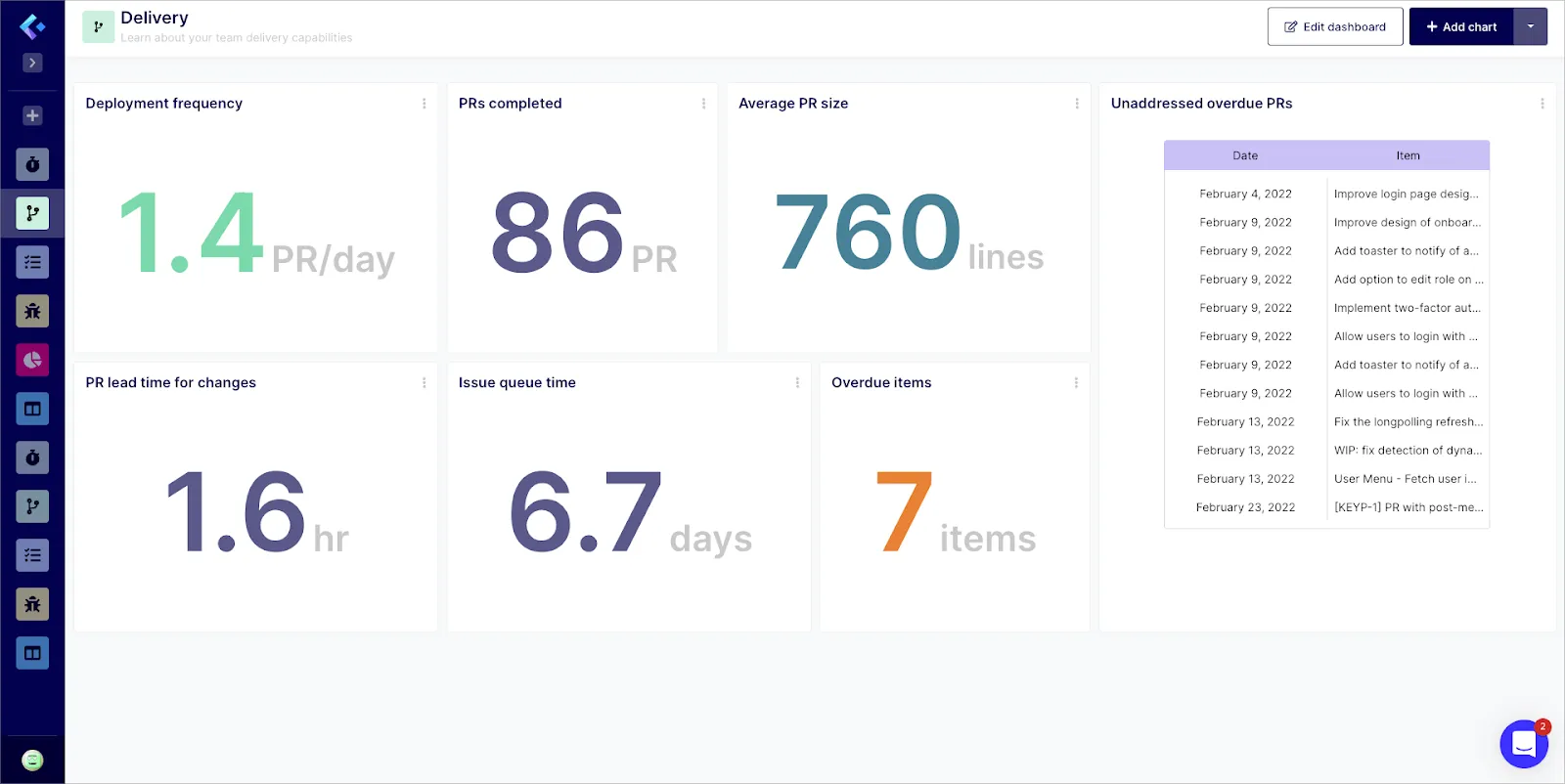Tips for Software Planning: A Primer for Tech Leaders to Achieve a Smooth Sailing Experience

Leadership primer - Software Planning

Leadership primer - Software Planning

As early adopters of newer technologies, software engineering professionals are often tasked with planning for the future. Every company wants to be ready for new innovations and technologies, but some companies are just better prepared than others. Planning, in general, is probably the most overlooked part of any project, no matter what kind of project it is.
As a tech leader, you probably know that software planning is important and needs to happen sooner rather than later. However, it’s easy to let other priorities creep into your schedule, especially if you’re working on a project with a limited timeframe and budget.
You may be tempted or simply feel like you have no choice but to dive into coding your new software project. But by taking some time upfront to plan for success, you’ll work more efficiently and have a much greater chance of hitting all of your targets and timelines. This article gives you some tips on how to achieve a smooth sailing experience for your software project.
Read on and learn how you can improve your project’s chances for success by implementing good planning habits from the start.
At the start, it’s important to be realistic about your resources. Consider the following questions: Are there people on your team who will be able to make time for the new project? What kind of impact will the project have on your budget? What about other projects that are currently being worked on? What about any other project dependencies? You’ll want to think about all of these things as you start to plan, especially because they will factor into your timeline and impact how much time you have to plan. You want to make sure that you’re not biting off more than you can chew, because this will end up costing you both time and money.
If you want to avoid project stress and friction down the road, it’s important to be realistic about how much you can accomplish with the resources you have at hand. If you have a team of five software engineers and need to build a system that requires 20 engineers, you’re bound to run into some issues. It’s also important to factor in everything from the size of the project to the current workload of your team. You don’t want to get halfway through a project and come to a grinding halt because you don’t have enough people to get the job done.
If at all possible, try to have your project team meet with the customers who will be using the software. This is a key step in planning any software project and is often skipped because it’s inconvenient for the business. But think about it this way: a project that spends a few thousand dollars and a few man-hours might save a company millions down the road. If you have the opportunity to add this step to your project timeline, you should take advantage of it. This also gives the business a chance to collaborate with the project team and ensure they are working toward the correct goals. Plus, you can identify potential issues and make changes before it’s too late.
If your software product is at an early stage of development and you don’t have the ability to use customer feedback, there are a number of user testing platforms available to collect feedback from your targeted personas. For example, the platforms listed by Maze in this article can help you do the job in a cost-efficient manner. You should consider unmoderated and moderated sessions with your target audience.

It’s easy to think about requirements once you’re knee-deep in a project, but it’s much better to nail them down at the beginning so you know exactly what you’re working with. Avoid changing requirements halfway through a project; this is a surefire way to dramatically increase costs and timelines.
The requirements phase of your planning process should be a collaborative effort between the business, the software engineering team, and the product team. Ideally, the product owners, stakeholders, and engineering teams should meet and discuss what the new software is supposed to do. All of these people should have a say in what the project entails. At the end of the planning process, you should have a requirements document that lists everything that is supposed to be in the software, and distinguishes both the usability and technical requirements.
Define your usability requirements
Once you’ve defined your audience and their needs, you’ll want to start thinking about usability requirements. What pain points or issues do they currently have? What do they want to get out of your software? What do they expect to happen? Again, these questions will help you to define the software that you’re building and will also help you to start thinking about how you might be able to make it better. A lot of effort can be put into building software, but if you don’t take the time to make it user-friendly, it won’t be used.
Define your technical requirements
With usability requirements out of the way, you can then start to define your technical requirements: How much storage does the software need? How much compute power? What databases or other systems does it need to interact with? What about security? What about latency? Again, these questions will help you to better define the software, think about what the architecture needs to look like, what the environment needs to be like, and other technical details that will help you to build the software successfully.
Once you know what your project entails, you should determine the build sequences. This entails deciding which aspects of the project will be tackled first. If you are building a brand-new software project, you might start by building the infrastructure that will run the software. If you are adding new features to an existing software project, you might want to start with the least impactful or most straightforward parts of the project. If you have a project that requires you to tie together a few different systems or vendors, you might want to begin with those pieces first. Once you know where to begin, you can better anticipate the impact of other parts of the project. This will also help inform your team members of the overall timeline of the project.
Once you’ve gone through the first few steps of planning, you can start to estimate the development time for your project. This is a key step in the planning process because it will inform all subsequent decisions that you make. You want to be as accurate as possible with your development time estimates. You don’t want to overpromise and underdeliver, but you also don’t want to give unrealistic expectations. There are a few different ways you can go about estimating development time. You could break your project down into smaller chunks and use historical data to determine how long each part should take. A software delivery dashboard that includes deployment frequency, completed pull requests, the average size of your pull requests, the lead time for changes of your pull requests, issues queue time, and a list of your overdue pull requests and issues, will help you dig into your historical data to better plan ahead.
